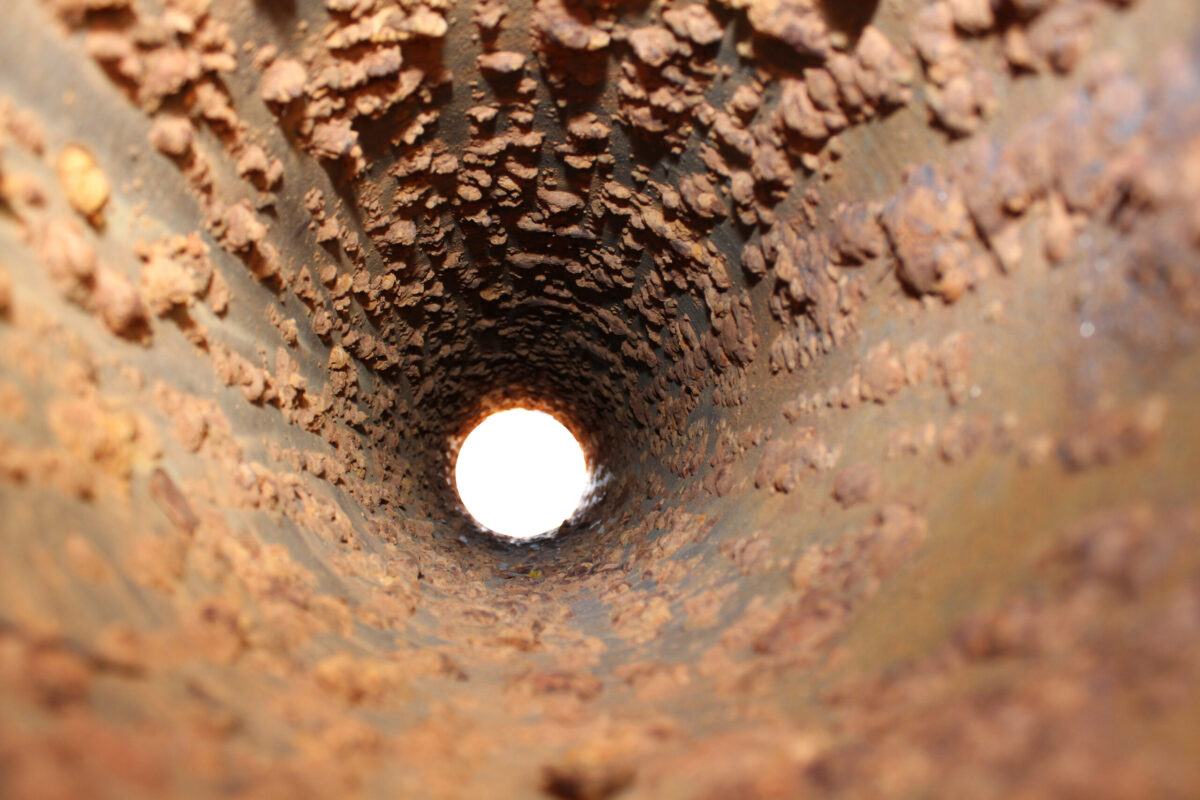Water Modelling Service Aims to Stop Developments Buckling Under Pressure

As cities grow, density changes and demands on services increase. With the changing weight of population, existing infrastructure can pose major challenges for small and medium-scale developments, particularly when it comes to water supply in Brisbane’s inner ring.
We caught up with Inertia’s Water Lead, Tom Reynolds to discuss an emerging risk for infill developments, which can not only blow out project costs but, in some instances, prevent occupancy and use when complete. “Every piece of infrastructure degrades over time,” explains Tom.
“In the case of Brisbane’s water infrastructure, the lifespan of the city’s water network is starting to come under strain, one that will only increase over time.”
This is particularly true in the city’s inner ring, between 2km and 10km from the CBD, where four key issues are presenting major risks to developments. These risks can have serious implications for a development’s profitability, certification, and more. Drawing from his extensive experience at Queensland Urban Utilities, Tom explained the essential factors developers should give consideration when planning for the impacted area; challenges posed by the existing water network:
- Increasing demand due to urban infill
- Urban Infill areas being often serviced by aged cast iron pipes
- QUU’s ongoing pressure management of the network
- Increasing compliance requirements, particularly with fire systems
“Population growth is a challenge for all cities, but one that will impact Brisbane more than most, growing at an average of 1.9% per year up to 2032, with each additional person requiring an average of around 130l of water per day.”
“On top of population growth, I think that a lot of people would be surprised that a significant amount of the pipework running under Brisbane is made from cast-iron. An appropriate material for the time, over time, cast iron is far from perfect for modern networks. Tuberculation is a key issue occurring when bacteria in the water react with the metal, creating a build-up that impacts water flow. In addition, much of the cast iron is known to be leaky. To have a sense of the time, hessian was used to pack cast iron pipes for leakage prevention, which doesn’t perform as well as modern materials, particularly when it comes to network leaks.”
“Population growth and ageing infrastructure then impacts on overall network pressure. Effectively we are entering the stage where it’s a little bit like owning an old home, and people are using two showers at once, resulting in poor pressure, just not at a home level at a street level.”
“Water capacity is becoming a problem, particularly for infill developments and their fire systems. Fire systems are essential, but as their regulations have changed and standards increase, so has the need for high-capacity systems – we must be able to fight fire with an appropriate level of water supply. This was a simple engineering process, but with more complex systems, the need for sprinklers, hose reels, and hydrant assemblies are causing issues for developers.”
“We have seen projects where a completed building is not achieving fire certification due to a failure to meet fire system regulations, with costs in the hundreds of thousands of dollars to rectify. This immediately puts a development’s economic viability in doubt as the building cannot be occupied. This then requires remedial work – adding tanks and pumping systems – all of which take time, cost, resources and eat up valuable space.”
With significant costs and risks being caused by water network challenges, Tom’s advice to counter this growing problem is to do your work upfront.
“Inertia launched a new service for our property development clients where we undertake a full water network model of a development to identify network challenges and propose solutions well ahead of construction so that our clients can have confidence that their development will succeed.”
“Our team works with our development partners to create a localised water network model, using our experience across multiple projects and regulatory understanding to identify potential issues. We then work through a series of scenarios to ensure that every avenue is explored, and clear strategies defined to ensure the development doesn’t have water network issues in the future.”
“Each solution we engineer is tailored to the project, as is each recommendation – from planning for tanks and pumping to working with asset owners to collaboratively improve network infrastructure; whichever challenge a development is facing, there is a solution, how much that solution will cost all depends on when you identify the need, and as we all know, it is far better to do so from the outset, than when attempting to achieve practical completion.”
“For smaller developers, we cannot recommend a thorough Water Network Review enough. As the problem grows, we will see more and more developments facing water network issues, and for small to medium-scale developments in inner Brisbane – which is the majority – this niche service can be the difference between financial success and failure,” said Tom.
To delve deeper into this critical matter and explore strategies for ensuring your development’s success, don’t hesitate to get in touch with Tom on 0431 164 332 or tom.r@inertiaeng.com.au
 Back to News
Back to News
